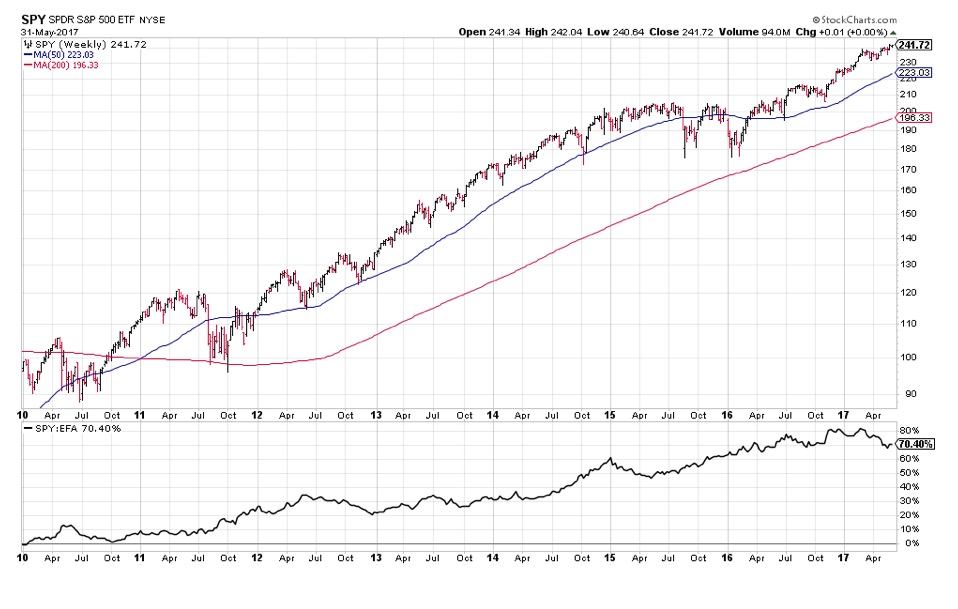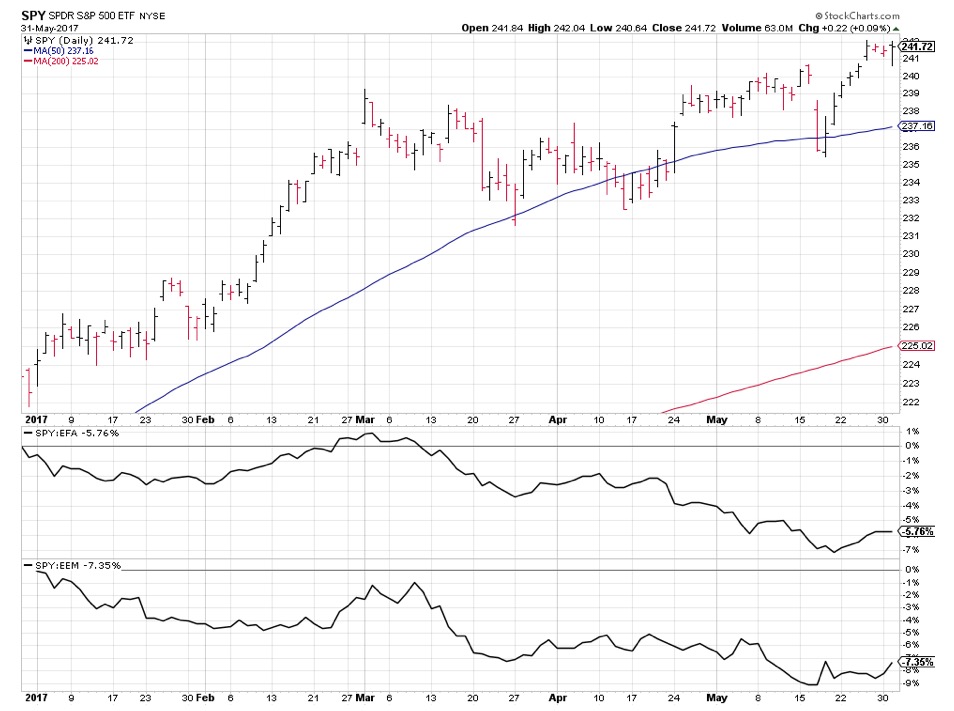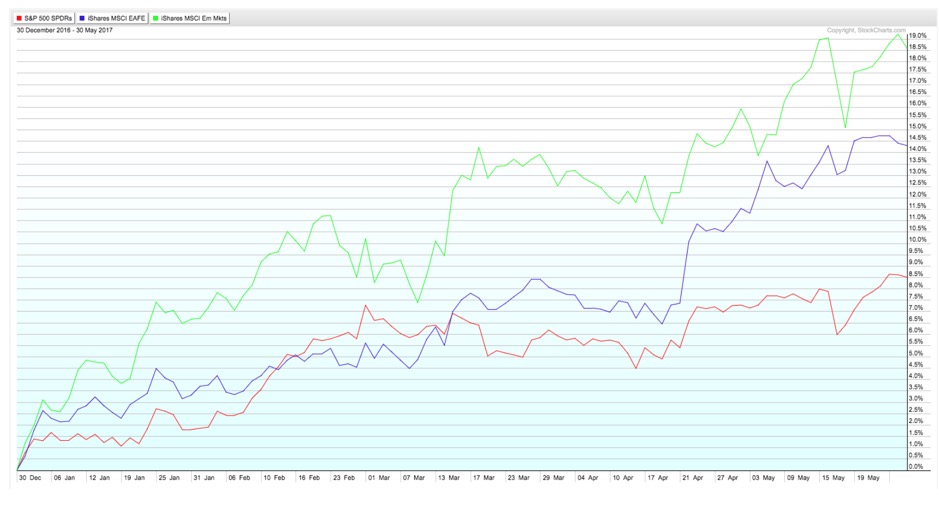“The world is a book, and those who do not travel read only a page.” -Saint Augustine
With the prevalence of ETFs covering global markets, as well as improved access to global exchanges, there are more opportunities than ever to create a broadly diversified portfolio. However, many investors don’t embrace the benefits of international diversification due to the influence of home bias. How does home bias impact our decision making, and what can we do about it?
We tend to keep our money close to home
Home bias represents the tendency of people to invest in companies that are domiciled near to where they live. We’ll discuss this in terms of US-based investors and international exposure, although studies have shown that individuals even tend to own domestic companies that are headquartered nearest to their homes!
You can consider this a form of familiarity bias, which more broadly speaks to how people tend to invest in companies in which they are more familiar. We would probably all agree that while it’s helpful to be comfortable with the companies you own, that familiarity should not be a primary factor in your decision making.
In recent years, this bias hasn’t really hurt US investors
US stocks make up only about 50% of the global equity markets, which means there are many potential investment opportunities out there that are left undiscovered by domestic investors. But in recent years, the strength of the US market has meant that staying “close to home” has been the right call.
Here’s a chart of the S&P 500 ETF relative to the MSCI EAFE ETF (global developed markets) from 2010 to today:
 The bottom section shows how US stocks (S&P 500)have outperformed global developed stocks (EAFE) by around 70% from Jan 2010 through May 2017. While this appears to be a consistent long-term uptrend, investors with shorter time horizons will have found that during certain periods betting on non-US stocks has been a successful call.
The bottom section shows how US stocks (S&P 500)have outperformed global developed stocks (EAFE) by around 70% from Jan 2010 through May 2017. While this appears to be a consistent long-term uptrend, investors with shorter time horizons will have found that during certain periods betting on non-US stocks has been a successful call.
If we look just at 2017, we’ll see that while the S&P chart has continued in a Dow Theory uptrend, global markets have actually performed much better:
 Here we see that the S&P 500 has actually underperformed EAFE by about 5.8%, and underperformed EEM by about 7.4%.
Here we see that the S&P 500 has actually underperformed EAFE by about 5.8%, and underperformed EEM by about 7.4%.
To illustrate this another way, here is the year-to-date performance of EAFE (purple) and EM (green) relative to the S&P 500 (red):

So while the overall long-term trend has been for US stocks to outperform global stocks, there are windows where having more international exposure could certainly contribute to outperformance. So how do we try to eliminate home bias from our investment decisions?
Cast a wide net for ideas
By thinking more globally and less locally as an equity investor, you give yourself the opportunity to uncover potential ideas in regions where you may be less familiar. Here are ways to prevent home bias from holding back your portfolio.
1) Broaden your scope.
If you’re more of a top-down investor, once you develop a macro outlook, try to consider all the ways that you could potentially play that theme. For example, many commodity-sensitive countries such as Brazil or Australia could provide a way to make a directional bet in certain commodities. And now with the prevalence of liquid ETFs, there are likely easy ways for US investors to access these markets.
2) Screen for ideas across regions.
If you’re a bottom-up investor, consider including ADRs or global thematic ETFs into your screens. If you’re just screening on US common stocks, you may be missing some of the names that provide the best risk/reward opportunity.
3) Remember that many US stocks provide international exposure.
When you look at larger multinational companies, remember that you are indirectly gaining exposure to global markets. In 2014, S&P 500 companies generated only 52% of their revenues in the US, which means that almost half of their revenues are coming from international markets.
As with most behavioral biases, awareness of something like home bias is the first step to minimizing its negative impact on your investment returns.
David Keller, CMT
marketmisbehavior.com
David Keller, CMT is passionate about viewing the markets through the lenses of behavioral psychology and technical analysis. He is a Past President of the Market Technicians Association and currently serves as a Subject Matter Expert for Behavioral Finance. David was formerly a Managing Director of Research at Fidelity Investments in Boston as well as a technical analysis specialist for Bloomberg in New York. You can follow his thinking at marketmisbehavior.com.
Disclaimer: This blog is for educational purposes only, and should not be construed as financial advice. The ideas and strategies should never be used without first assessing your own personal and financial situation, or without consulting a financial professional.
